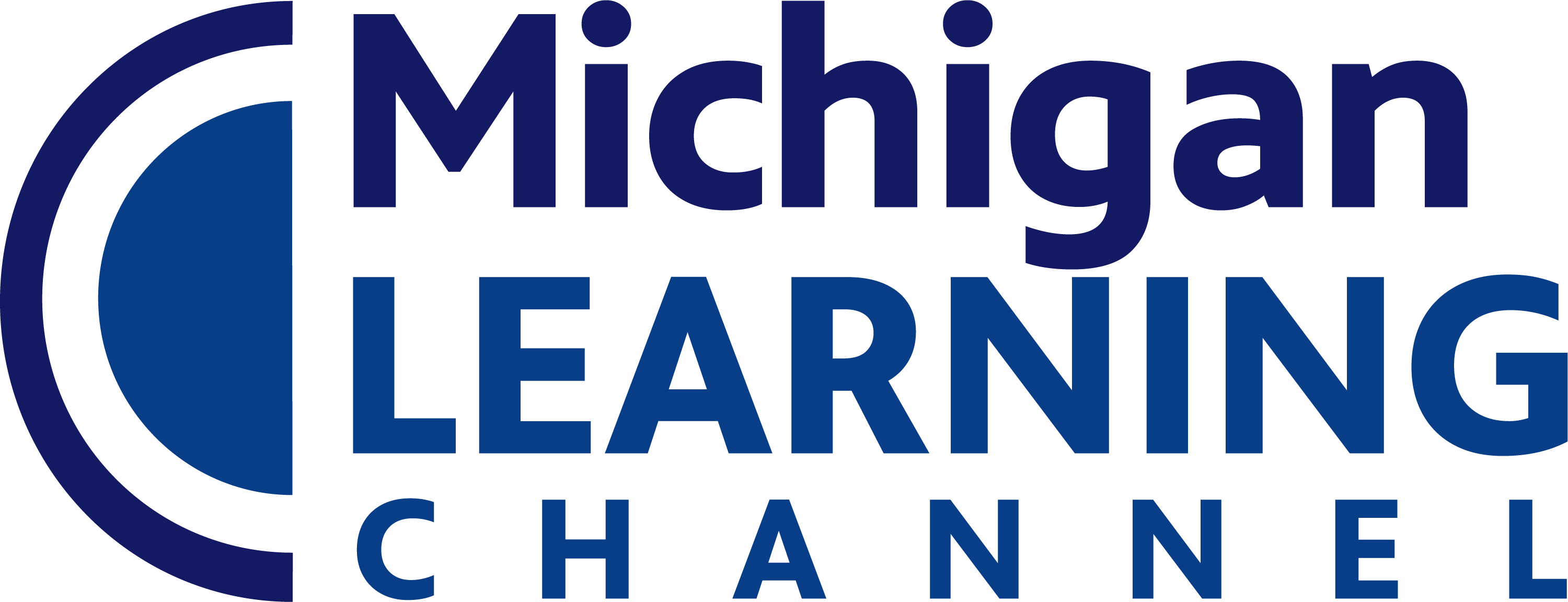Subjects
Shows
Validate the effects of visual structures and functions, and reflect upon these effects in personal work.
Understand and respect that there are different responses to specific art works in a global community.
Develop a sensitivity and understanding of how personal experiences can influence the development of artwork.
Defend the history of visual arts and specific relationships to various cultures and times.
Compare and contrast works of art as belonging to particular cultures, times, and places.
Demonstrate how history, culture, and the visual arts interrelate in making and studying works of art.
Understand and use comparative characteristics of the visual arts and other arts disciplines.
Synthesize connections between the visual arts and other disciplines in the curriculum.
Suggest and implement alternative characters, settings, or events after viewing or participating in a performance.
Display skills to critique self and others in a respectful and constructive manner.
Compare and contrast personal traits and characters traits derived from a text.
Understand that a variety of art forms are infused in theatre and come from different cultures.
Understand the significance of theatre and its relationship to history and cultures.
Develop criteria to evaluate the similarities and differences between live and recorded theatrical events.
Use materials, techniques, media, technology, and processes to communicate ideas and experiences.
Use art materials and tools safely and responsibly with environmental awareness.
Participate in the process and delivery of a final product for exhibition or presentation.
Synthesize the knowledge of materials, techniques, and processes to create artwork.
Apply knowledge of how to use visual characteristics and organizational principles to communicate ideas.
Explore and understand prospective subject matter, ideas, and symbols for works of art.
Explore and understand the impact of digital media and technology in the creation of artwork.
Understand and respect that there are different responses to specific art works in a global community.
Identify and describe a variety of sound sources, including orchestral, band, electronic, world instruments, and voices.
Describe distinguishing characteristics of representative music genres and styles from various historic periods and cultures.
Demonstrate audience appropriate behavior for the context and style of music performed.
Observe and identify similarities and differences in the meanings of common vocabulary used in the various arts.
Appraise artistic choices regarding character, environment, and situation that support the creation of a classroom dramatization.
Subjects
Shows
Validate the effects of visual structures and functions, and reflect upon these effects in personal work.
Understand and respect that there are different responses to specific art works in a global community.
Develop a sensitivity and understanding of how personal experiences can influence the development of artwork.
Defend the history of visual arts and specific relationships to various cultures and times.
Compare and contrast works of art as belonging to particular cultures, times, and places.
Demonstrate how history, culture, and the visual arts interrelate in making and studying works of art.
Understand and use comparative characteristics of the visual arts and other arts disciplines.
Synthesize connections between the visual arts and other disciplines in the curriculum.
Suggest and implement alternative characters, settings, or events after viewing or participating in a performance.
Display skills to critique self and others in a respectful and constructive manner.
Compare and contrast personal traits and characters traits derived from a text.
Understand that a variety of art forms are infused in theatre and come from different cultures.
Understand the significance of theatre and its relationship to history and cultures.
Develop criteria to evaluate the similarities and differences between live and recorded theatrical events.
Use materials, techniques, media, technology, and processes to communicate ideas and experiences.
Use art materials and tools safely and responsibly with environmental awareness.
Participate in the process and delivery of a final product for exhibition or presentation.
Synthesize the knowledge of materials, techniques, and processes to create artwork.
Apply knowledge of how to use visual characteristics and organizational principles to communicate ideas.
Explore and understand prospective subject matter, ideas, and symbols for works of art.
Explore and understand the impact of digital media and technology in the creation of artwork.
Understand and respect that there are different responses to specific art works in a global community.
Identify and describe a variety of sound sources, including orchestral, band, electronic, world instruments, and voices.
Describe distinguishing characteristics of representative music genres and styles from various historic periods and cultures.
Demonstrate audience appropriate behavior for the context and style of music performed.
Observe and identify similarities and differences in the meanings of common vocabulary used in the various arts.
Appraise artistic choices regarding character, environment, and situation that support the creation of a classroom dramatization.


